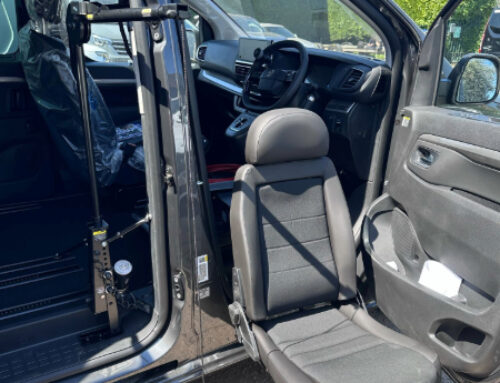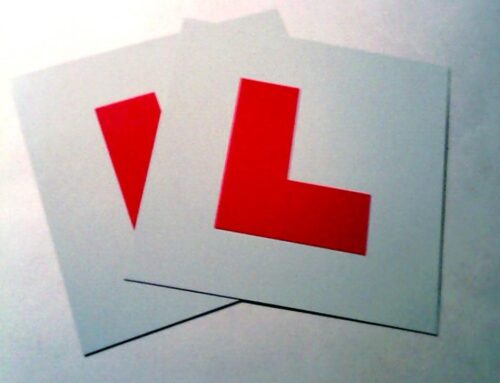The article below has been written by BAS Ambassador Helen Dolphin and within it she considers how the change to electric vehicles may affect disabled motorists.
“It has been proposed by the government that the end to sale of new petrol, diesel and hybrid vehicles be brought forward from 2040 to 2035 or potentially even sooner if this is deemed feasible. For many disabled people this raises a number of concerns. For people who currently drive from their wheelchair there are questions about whether electric vehicles could be adapted in a similar fashion, for people like me with complex adaptations I’m worried if they would work on an electric vehicle and many disabled drivers are concerned about the difficulties of charging.
Bill Bradley from the vehicle adaptation company BAS is optimistic about his company’s ability to make electric vehicles work for disabled people. He believes that with the right amount of time and funding it should be possible to research, design, develop and install an adaptation to a fully electric vehicle. Bill estimates that about 95% of all electric vehicles could be adapted so disabled people should still have a lot of choice when choosing their vehicle. However, as installation may require a greater knowledge of electronic components and wiring harnesses than with conventional fuel driven vehicles there may be some vehicle adaptation companies who will struggle with the newer technology.
Currently wheelchair users who drive from their vehicle will have a vehicle where the floor has been lowered to allow them to enter and drive. However, having a battery under the floor could make this very difficult to do. In addition, the battery storage under the floor could also make it difficult to fit floor mounted adaptations, such as seats and hoists. However, Bill is confident that all these difficulties could be overcome with research and the full backing from vehicle manufacturers.
Putting fuel in a diesel or petrol vehicle has always been an issue for many disabled drivers. There have been tools and apps developed to help overcome this problem, but they have generally focused on getting the attention of someone in a fuel station to come out and help. Charging electric vehicles is another minefield entirely.
No longer do we have to go somewhere to get fuel as most people will charge their vehicle at home, but not everyone has a drive to charge on which would mean the charging cable would need to run across the pavement and this is not ideal or safe at all. I am hopeful that remote charging could be developed soon which would make charging easier for everyone as it would do away with the need for plugging in, but the cost of this could be huge. If plugging in is still required, then this could be hard for many disabled people. I know I would not be able to drag the lead from my home to my car and then plug it in. This would require dexterity I do not have as well as strength. This will also be a problem when going to a dedicated charging point in a car park or service area. I have done some work with the parking sector to start installing electric vehicle charging points in larger bays reserved for Blue Badge holders but there is still the issue of actually plugging in.
There is a lot about adapting electric vehicles that is still unknown and the way forward is definitely financial backing to allow for thorough research. Also, the support of vehicle manufacturers will be essential in the development of adaptations for disabled drivers and passengers in electric vehicles. Disabled people, through the Motability scheme, make up about 10% of the new car market so I hope there is plenty of support for ensuring disabled people will not be disadvantaged by the change to electric vehicles.”





